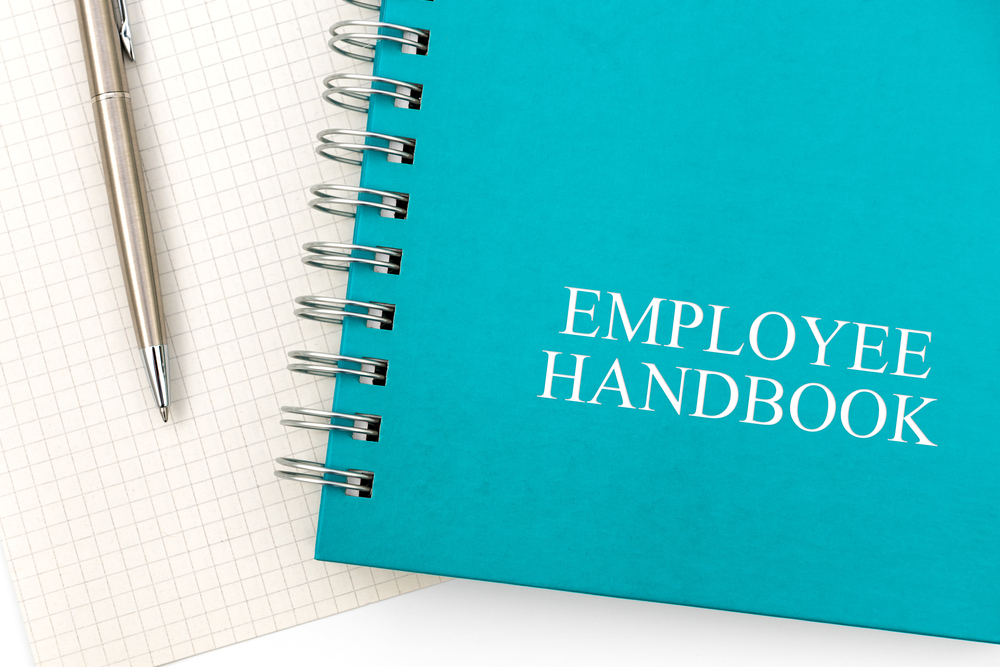Whether you’re actively applying for a new role or being sought out by those interested in your skills, having a solid resume is the key to finding the right job for you. You’re starting a new adventure – try to start on the right foot.
5 Signs of a Toxic Workplace
A workplace is and should be referred to as toxic when the work, people, and environment cause discrepancies, stress, and fear in an individual's life. These disruptions can adversely affect an employee's physical health, sense of autonomy, and sense of self, which can result in sleepless nights, feelings of anxiety, sweaty palms, and a racing, irregular heartbeat.
Tips to Reduce Unconscious Bias
Bias is one of the main obstacles to diversity and inclusion. People are susceptible to bias both in their private and professional lives. In the workplace, bias can be found in many places, from the initial job posting to promotions, raises, and benefits.
Unconscious bias is prevalent in the workplace. But there are ways to reduce, overcome, and prevent this bias.
How to Motivate Employees During the Holidays
As the holidays quickly approach, it can be hard for employees to fully concentrate on daily work tasks. Who can blame them? It’s an exciting time of year! With upcoming family visits and important errands on their minds, it makes sense that it can be tough to stay focused.
6 Common Types of Training
Employee training refers to activities that seek to expand a worker’s knowledge or skills so that they can perform their job duties successfully. The success of training activities is measured by observing an employee's job performance after they've completed those activities.
There are many different types of training methods, including the use of lectures, workshops, seminars, tutorials, audio-video recordings, workbooks, and online learning.
Key Items that Should Be Included in an Employee Handbook
Employee handbooks serve a crucial role in laying the foundation for an organization's policies and work environment. Handbooks are usually given to new hires on their first day and allow employees to get familiar with the norms of the organization. In addition to helping to onboard new employees, handbooks also allow an organization to standardize both old and new procedures.
Pros & Cons of Hiring Independent Contractors
Companies sometimes hire independent contractors who are not full-time employees. This work arrangement provides flexibility for employers looking to hire workers only for projects with specific start and end dates. The contractors also have flexibility to choose which projects they want to take. Independent contractors are self-employed, may work on a project-to-project basis, and may be employed by more than one company or client.
9 Characteristics of High Performers
Companies want to attract, develop, engage, and retain top talent. These employees have or are expected to yield the highest performance (as gauged by reviews, assessments, and other tools). High performers make the most valuable contributions to their companies and often have the following nine characteristics:
Subject Matter Expert Spotlight: Laurie LaBrie
This week, Skye Learning® is excited to spotlight Laurie LaBrie, who has been President of Integrated Human Resources for nearly 23 years. Her company functions as an outsourced human resources department, providing a full breadth of HR services to small and medium-sized organizations across the country.
Employee Well-being
Promoting employee well-being is good for business. Research shows that employees are more productive—and organizations are more profitable—when the well-being of employees is a priority. Though wellness programs can seem taxing and expensive to implement, the pay-off is enormous. Employees are the lifeblood of an organization, so it only makes sense that businesses flourish when workers are at their healthiest.















